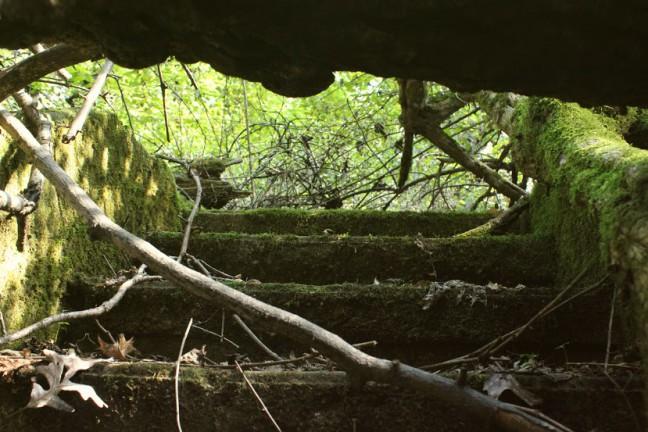The key to unlocking the future of climate change may just lie in the past.
Using historical data, researchers from the University of Wisconsin and Aarhus University in Denmark recently published a study that shows where and why new species are likely to emerge as a result of changes in temperature and precipitation.
The study was led by Alejandro Ordonez Gloria, a former postdoctoral fellow at UW’s Climate, People and the Environment program. It was built on former studies and work that explored the implications of climate change.
“The whole idea was ‘OK, how can we measure or provide measurements that could be used to determine exposure or risk to environmental change,’” Ordonez said.
Under climate change conditions, our forests may fail to be resilient
Ordonez said since climate change is going to happen more rapidly in the future because of global warming, more species are going to be impacted.
Previous studies, Ordonez said, focused largely on “how” things are changing opposed to “where” they are going to change. This new study looks to find out the “where” aspect.
After analyzing historical climate data from 1901-2013, Ordonez and co-author Jack Wiliams, director of UW Nelson Center for Climatic Research, determined three distinct mechanisms that can be used to explain why different species relocate to new areas, also known as community reshuffling. Often communities move in response to changes in the environment, which can be caused by variations in climate.
The first mechanism, novel climate, described how new climates emerge, and species’ responses to the change, Williams said. Some species have already adapted to these new climates while others haven’t.
Wisconsin Triennial exhibit seeks to evoke feelings about climate change
The second mechanism explored the rate of change. Some species may reshuffle quickly, while others take their time as they shift their ranges to track climate range, Williams said.
The third mechanism, divergence, explained how different changes in the climate, like temperature and precipitation, can determine which direction a species may travel in, Williams said.
This field, called climate metrics, allows researchers like Williams and Ordonez the ability to develop climate data and track the instances of climate change. While it doesn’t necessarily track a specific species, it can be used as a general tool, Williams said.
Now, the maps that were created from the study provide researchers the opportunity to test hypotheses on where different animals will be impacted, Williams added.
“A big effort for this study was to see climate adaptation,” Williams said. “These maps now allow for testable hypotheses, so we can go out and do the science to see where communities should be emerging and see which of these areas actually have novel communities emerging.”
UW assistant geology professor co-authors climate change paper in science journal
For example, due to recent climate change, the study found that new species are likely to emerge in areas like the North American Great Plains and the Amazon.
As areas like those begin to change, the responses of species are naturally going to be different, Ordonez said.
“If you consider the trends we have now, as conditions change, there are different responses that depend on what is more important for a species,” Ordonez said. “What’s more important for you, being at the right temperature or having the right amount of water?”
If an area is changing quickly, then there may be the need to help a species adapt or relocate, Williams said.
Just like in the case for animal species, for humans the general rule of thumb is it’s easier to adapt to slower climate change than a climate that changes quickly, Williams said.
To reduce the rate at which climate change is occurring, Williams said it is good to reduce greenhouse emissions, which would imply moving to energy resources that aren’t producing CO2 as a major output.
Along with shifting to more energy efficient and carbon free emissions like wind or solar power, Williams said it is helpful to assess what areas are most vulnerable to rising temperatures or extreme droughts or precipitation.
Pointing to the Wisconsin Initiative on Climate Change Impact, Williams said there are a ton of efforts to build climate resilient communities and cities.
“It’s important to be ready to adapt,” Williams said. “It’s no longer a question of if climate change is happening — it’s how much.”


















